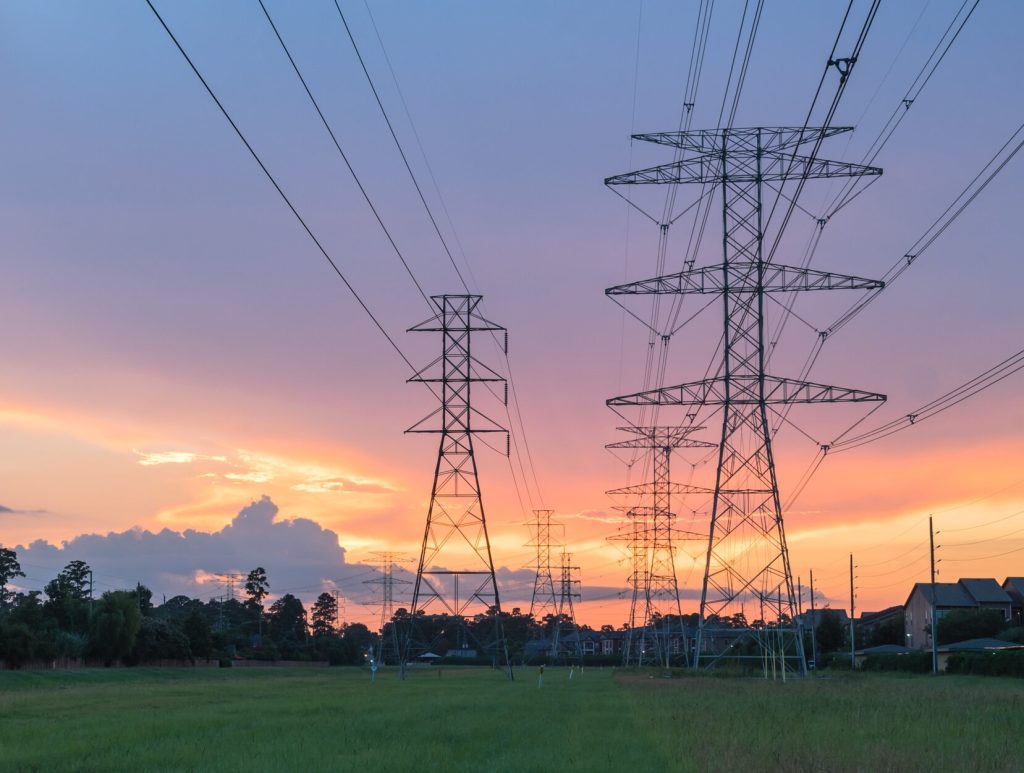There’s been a lot of media about Scottish Power chief executive Keith Anderson’s comment about a “massacre” in the retail energy market. The spectre of a return to a handful of domestic energy suppliers has been raised.
We are certainly going to a world of many fewer suppliers, in my opinion, with the witting or unwitting participation of the sector’s policymakers and regulators. I want to think it is unwitting, but it is striking how quickly supply licenses are being struck down at the moment.
Yesterday, as my colleague Richard Wetherall highlighted, Cornwall Insight held a webinar on the current crisis. Our intention was twofold: to highlight some of the practical learnings so far and also to draw attention to the great distress the supplier exits are causing, first to the industry and, in short order, to all its customers.
This distress is direct to those who have lost businesses and livelihoods and indirect to the many companies and individuals that provide services to them (this is not to feel sorry for ourselves. (We have lost business with many of the exited suppliers since 2018 and strived to diversify along the energy value chain for many years prior. At a rough stab, our retail energy customer book is a third smaller than 2018.)
Mainly though, we wanted to highlight the long-term cost to consumers of the Default Tariff Cap. A lot has been said about shoddy supplier business models; much of it is unfair. In reality, administrators’ reports since Spark Energy (2018) have shown wholesale counter-parties’ extreme nervousness about the way the formula lags in the default tariff cap make sharply rising wholesale prices a killer of domestic energy suppliers. We have more evidence to that now, of course.
Anyway, we wanted to make sure that the fundamentals of this crisis are not forgotten. I think the National Audit Office should be taking a look, but that’s another story. See if the thread below makes a decent case?
The story we wanted to weave yesterday was:
The default tariff cap is a hugely negative margin this winter. Everyone knows this, especially in the wholesale market, and has known it for some time.
Wholesale providers selling to domestic suppliers fear they may not get paid back on the hedges they have, even though these hedges will help those suppliers meet the cap and serve fixed price tariffs if they stay.
Wholesale providers end their trading deals with suppliers. A quick scan for redeemed charges on companies on Companies House is quite instructional on this point. Who can blame them?
Without the cap, these tariff deals may well have continued, potentially meaning many customers would be on less than £1000/year tariffs this winter rather than being bumped on to the cap’s £1277 with their new supplier.
The portfolios of the exiting companies are auctioned through Ofgem’s supplier of last resort (SoLR) auction. Credit balances will be protected for a fee at percentage points over base rate (and also acquiring companies’ costs of capital?), and domestic customers moved to the Default Tariff Cap.
The customers have to be rehedged by the new supplier as any old hedges will have lapsed. This cost will be hundreds of or thousands of pounds above the Cap and the old price –pain for both customers and suppliers.
Customers have to pay up. The extra costs of hedging will be totted up by the acquiring SoLR supplier for potential recharging under the SoLR levy.
We do not know how much this will be, but a lot of it will be because the numbers are otherwise unaffordable. Ofgem will likely have to allow a very significant sum. If, say, 2mn households through SoLR incur £500 each extra hedging, that’s £1bn or £30/household. This huge, unexpected cash call on even the strongest-capitalised winning SoLR suppliers should not be underestimated by the way.
If the SoLR winners recoup their costs through the SoLR levy like this and all consumers pay, they are effectively being paid to reconsolidate the market. Is this really what we want, or is it just extreme crisis management?
As has been widely said, supplier exits have been a feature of the domestic energy market in recent years. The price cap has exacerbated this trend and will likely cost consumers significantly this year, especially as I have not taken defaulted renewables policy (~£200mn) and network costs into account. The sums involved may need to be spread over several years to make them affordable.
The default tariff cap was a political expedient back in 2017. It has now shown itself to be a very poor policy. We don’t know how much it will cost consumers, but it will cost them a lot, and thorough independent scrutiny is already necessary. Far from saving money for some consumers for one winter, it is likely to cost all for many more.
What’s worse, it is very difficult to see a way out.
You may also be interested in…

Blog | The gravity of the default tariff cap and the impact of the SOLR process
With wholesale gas and electricity prices continuing to reach new records, successive supplier exits during September 2021 and a new level for the default tariff cap for Winter 2021-22, the GB energy market remains on edge for fresh volatility and further consolidation.

Podcast | Consolidation in the domestic energy market: An interview with Shoosmiths
Experts from Cornwall Insight and Shoosmiths LLP come together to discuss insights as to what business models are underpinning success among today’s market leaders and how the market might fare for suppliers more generally, be that present suppliers or new entrants.

Chart of the week | Over a third of energy suppliers have left the market
The domestic supplier market is facing a turbulent time with high wholesale prices causing distress and a series of supplier exits in the energy sector. This week’s ‘Chart of the week’ examines these suppliers exits and their effect on the domestic market.

